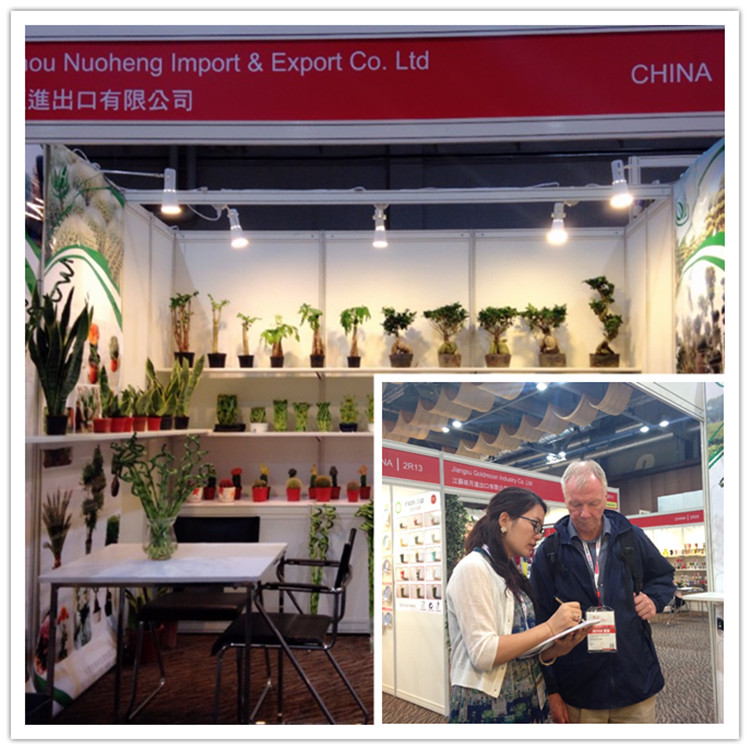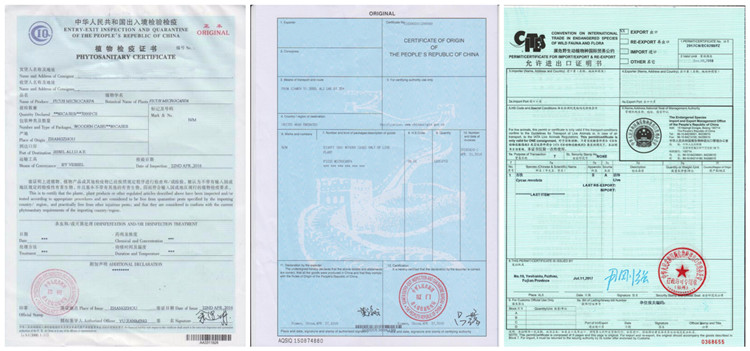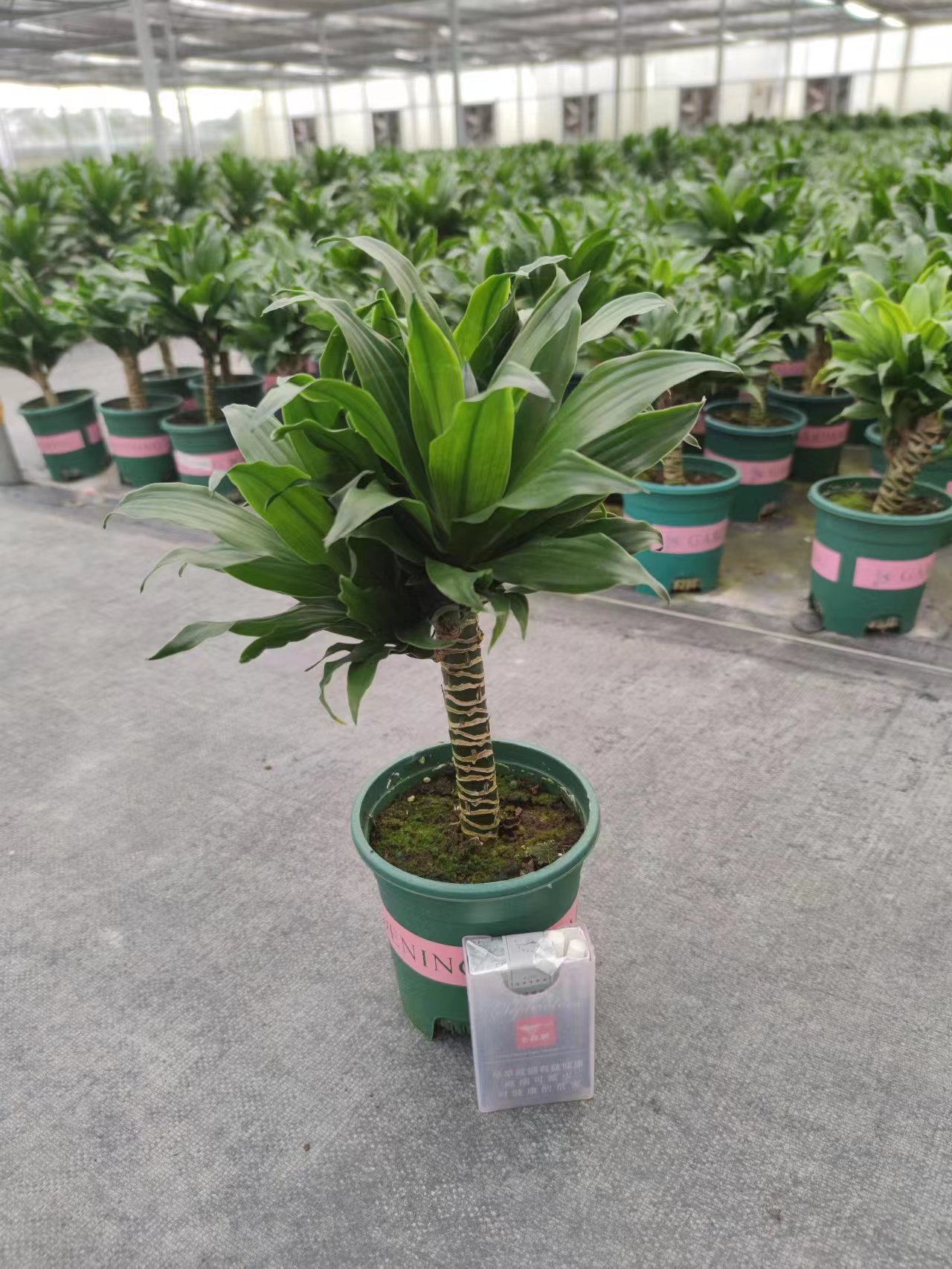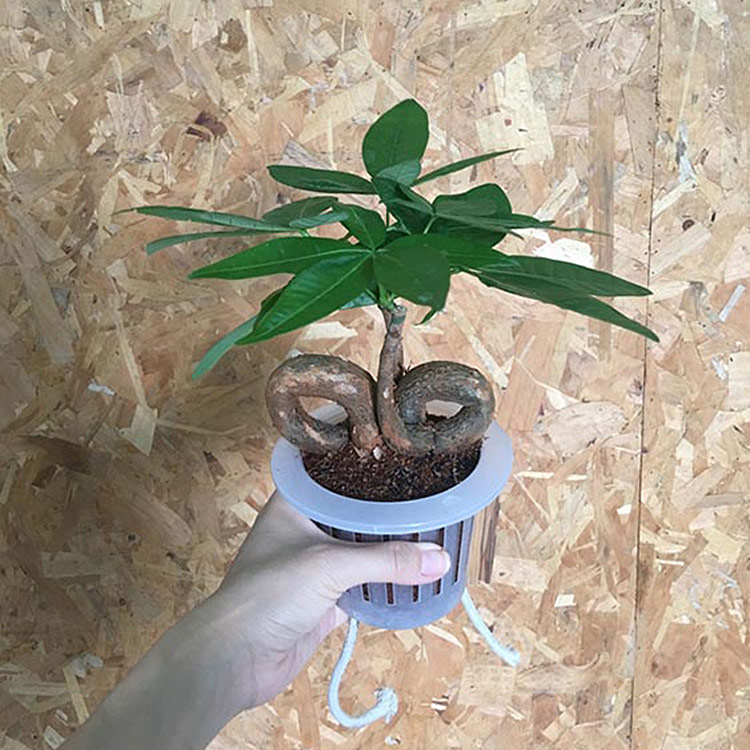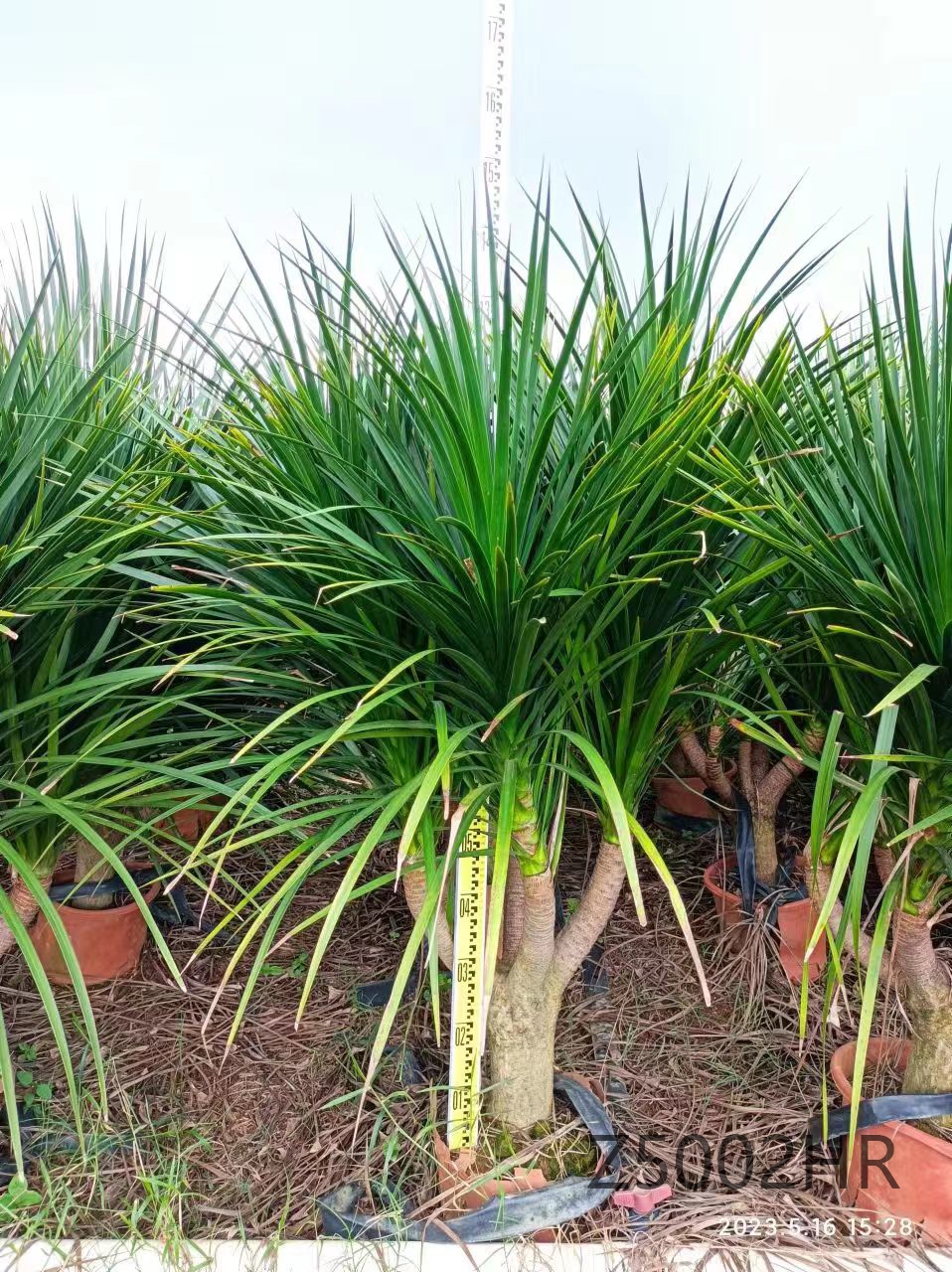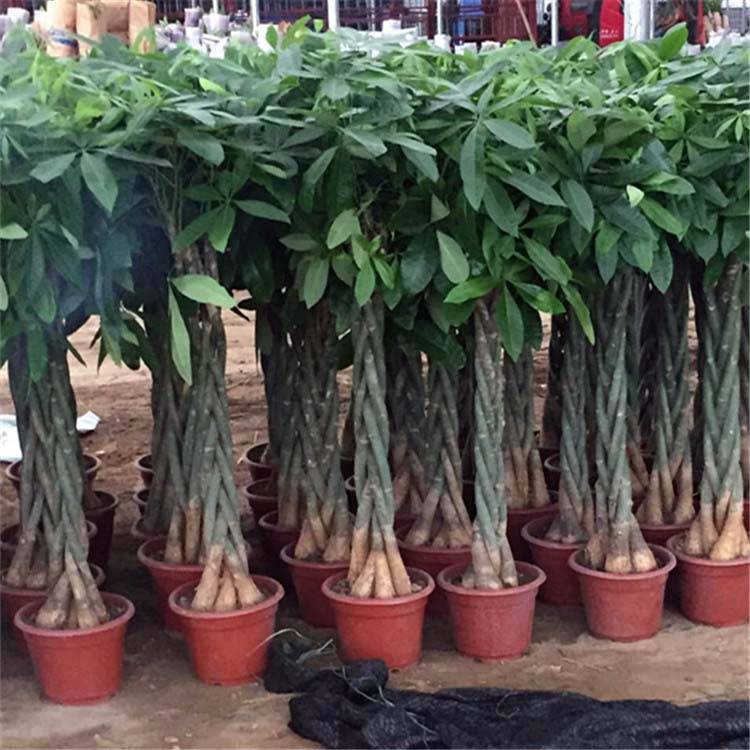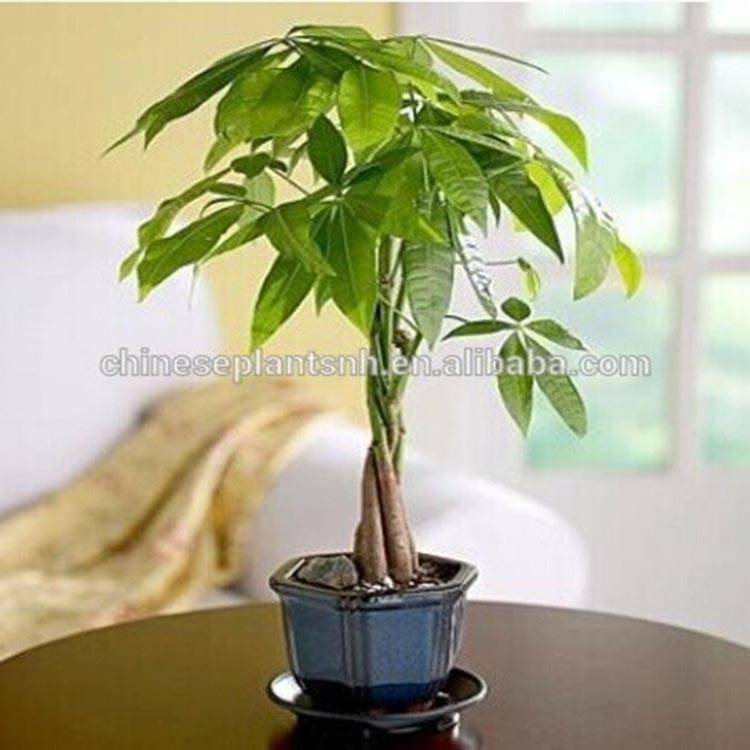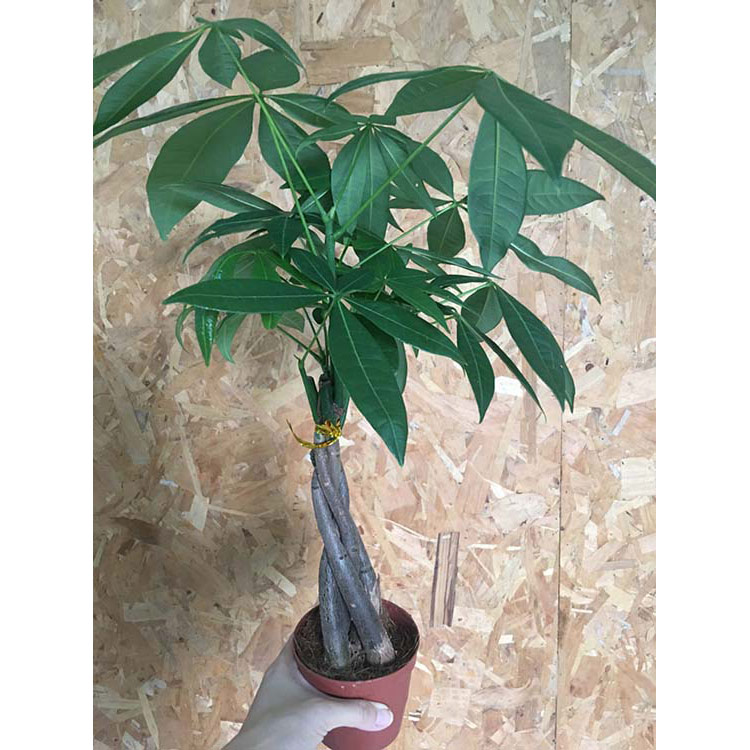Products
China Hot Sale Cyrtostachys renda of Palm trees
Product Description
|
Description |
Cyrtostachys renda |
|
Another Name |
red sealing wax palm; lipstick palm |
|
Native |
Zhangzhou Ctiy,Fujian Province,China |
|
Size |
150cm,200cm,250cm,300cm,etc.in height |
|
Habit |
like warm, humid, half cloudy and well-ventilated environment, afraid of the hot sun in the sky, more cold, can withstand about 0℃ low temperature |
|
Temperature |
The palm grows well in full sun or shade but needs humid conditions and well-draining soil. However, it also tolerates flooding and can grow in standing water as its native habitat is peat swamp forests. It will not tolerate cold temperatures or periods of drought;it is rated as hardiness zone 11 or above and is suited to tropical rainforest or equatorial climate , which doesn't have a significant dry season. |
|
Function |
It is an ornamental palm suitable for gardens, parks, roadsides and around the edges of ponds and water bodies. |
|
Shape |
Different heights |



Nursery
Because of its bright red crownshafts and leaf sheaths, Cyrtostachys renda has become a popular ornamental plants exported to many tropical regions around the world.
Also known as the red palm, rajah palm, Cyrtostachys renda is a slender multi-stemmed, slow-growing, clustering palm tree.It can grow to 16 metres (52 feet) tall. It has a scarlet to bright red colored crownshaft and leaf sheath, making it distinct from all other species of Arecaceae.

Package & Loading:
Description: Rhapis excelsa
MOQ: 20 feet container for sea shipment
Packing: 1.bare packing 2.Packed with pots
Leading date: two weeks
Payment Terms: T/T (30% deposit 70% against copy Bill bill of loading).
Bare root packing/ Packed with pots

Exhibition
Certifications
Team
FAQ
1. How do you care for Cyrtostachys renda
Grows well in both full sun or part shade. Tricky to grow, the sealing wax palm needs high humidity, well-drained soil, and is not tolerant of drought or wind. As they naturally grow in swamps, they are highly tolerant of flooding and can be grown in standing water
2.Why Cyrtostachys renda turn yellow?
Generally, an overwatered will have yellowing leaves and may even drop some leaves. Also, overwatering can cause the overall structure of your plant to shrivel and may also promote root rot.

